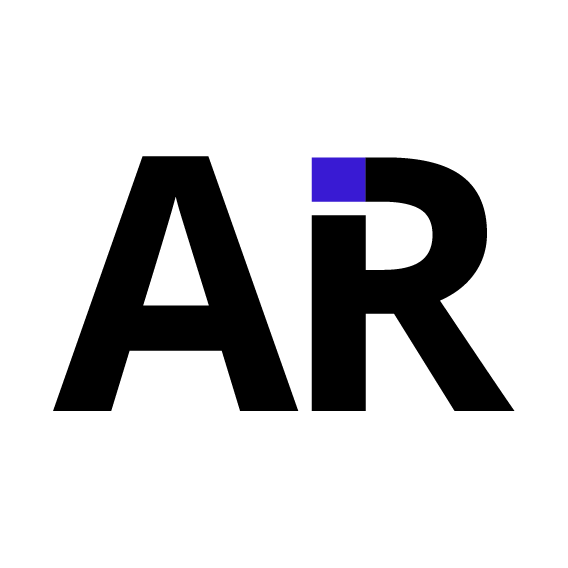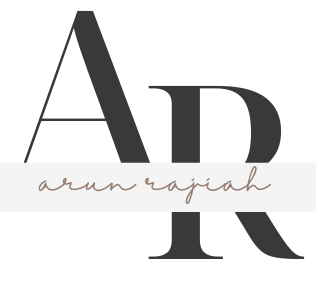Learn about our country

The 17th century Taj Mahal is often called a poem in stone. If so, the mausoleum is a love poem—created by Shah Jahan for his favorite wife Mumtaz Mahal
India Information and History
The South Asian country of India includes a peninsula extending into the Indian Ocean, and it is a land of great contrasts in geography. The barren, snow-capped Himalaya, the world’s tallest mountain system, rises along its northern border. South of the Himalaya, the low, fertile Ganges Plain is India’s most populous region. The Great Indian Desert lies in the west, but eastern India receives some of the highest rainfall in the world during the monsoon season (June to October). India is second only to China in country population but India is growing faster (some 16 million a year) and may surpass China by 2030. Although 81 percent of the people are Hindu, India also has 126 million Muslims—one of the world’s largest Muslim populations.
Hindu culture evolved out of the mingling of indigenous Dravidian peoples and Aryan-speaking nomads who arrived from Central Asia in 1500 B.C. Islam spread across the subcontinent starting in the eighth century A.D. From the 17th century to the mid-20th century India was the pride of the British Empire. Guided by Mahatma Gandhi, Indians won nationhood in 1947. From British rule they inherited deep poverty but also parliamentary government, the English language, and a far-flung rail system, which helped knit the multiethnic country into a secular democracy often called the world’s largest democracy.
Violence born of separatist yearnings or religious differences gnaws at national unity and takes lives: Sikh revolts since the 1980s have left thousands dead; in 1984 Prime Minister Indira Gandhi was the victim of assassins’ bullets; seven years later her son Rajiv was killed by a bomb. Other problems include a ponderous bureaucracy, illiteracy, a high birthrate, and border disputes with Pakistan and China. A 1948 ceasefire line, known as the Line of Control, divides Kashmir between India and Pakistan. India claims that Kashmir legally is part of it, but Pakistan says that the mostly Muslim population should vote on which country to join. Diplomatic talks with China work to resolve border disputes in India’s northeast state of Arunachal Pradesh. The Hindu caste system reflects Indian economic and religious hierarchies. One out of six Indians suffer in the lowest caste as Untouchables. Indians in lower castes can escape serf-like conditions that exist in rigidly-structured rural areas by going to India’s chaotic cities. Mumbai (Bombay) is the largest city and is home to Bollywood India’s film industry. Bangalore is India’s Silicon Valley. India has a burgeoning middle class and has made great strides in engineering and information technology. The country’s space program plans to reach the moon by 2007
Hindu culture evolved out of the mingling of indigenous Dravidian peoples and Aryan-speaking nomads who arrived from Central Asia in 1500 B.C. Islam spread across the subcontinent starting in the eighth century A.D. From the 17th century to the mid-20th century India was the pride of the British Empire. Guided by Mahatma Gandhi, Indians won nationhood in 1947. From British rule they inherited deep poverty but also parliamentary government, the English language, and a far-flung rail system, which helped knit the multiethnic country into a secular democracy often called the world’s largest democracy.
Violence born of separatist yearnings or religious differences gnaws at national unity and takes lives: Sikh revolts since the 1980s have left thousands dead; in 1984 Prime Minister Indira Gandhi was the victim of assassins’ bullets; seven years later her son Rajiv was killed by a bomb. Other problems include a ponderous bureaucracy, illiteracy, a high birthrate, and border disputes with Pakistan and China. A 1948 ceasefire line, known as the Line of Control, divides Kashmir between India and Pakistan. India claims that Kashmir legally is part of it, but Pakistan says that the mostly Muslim population should vote on which country to join. Diplomatic talks with China work to resolve border disputes in India’s northeast state of Arunachal Pradesh. The Hindu caste system reflects Indian economic and religious hierarchies. One out of six Indians suffer in the lowest caste as Untouchables. Indians in lower castes can escape serf-like conditions that exist in rigidly-structured rural areas by going to India’s chaotic cities. Mumbai (Bombay) is the largest city and is home to Bollywood India’s film industry. Bangalore is India’s Silicon Valley. India has a burgeoning middle class and has made great strides in engineering and information technology. The country’s space program plans to reach the moon by 2007
ECONOMY
Industry: textiles, chemicals, food processing, steel, transportation equipment, cement, mining.Agriculture: rice, wheat, oilseed, cotton; cattle; fish.Exports: textile goods, gems and jewelry, engineering goods, chemicals, leather manufactures.
India Fast Facts
Population
1,103,596,000
Capital
New Delhi; 295,000
Area
3,287,270 square kilometers
(1,269,221 square miles)
Language
Hindi, English, 14 other official languages
Religion
Hindu, Muslim, Christian, Sikh, Buddhist, Jain, Parsi
Currency
Indian rupee
Life Expectancy
63
GDP per CapitaU.S.
$2,600
Literacy Percent


Leave a comment